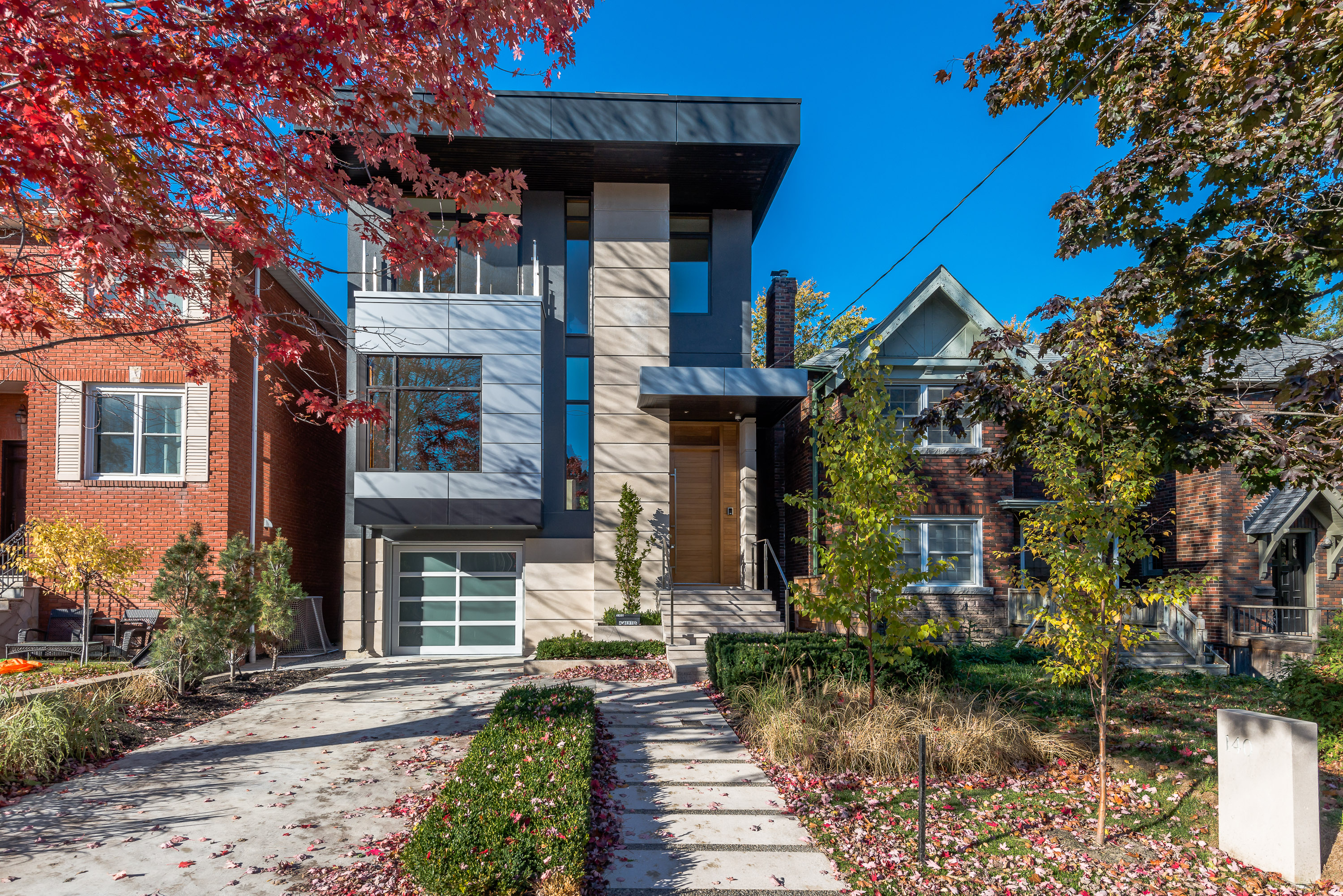What if my neighbours object to my residential architecture plans?

2017
When it comes to residential architecture, no house is an island. The homes that Lorne Rose designs for his clients don’t exist in isolation—they exist in neighbourhoods, as one house within a block of houses, inhabited by one family or neighbour within a community of families and neighbours. While an architect like Lorne Rose has control over nearly all other parts of the home design and building processes, from materials to aesthetics, this question of neighbours is an ‘x factor.’ Will they be easy to deal with and supportive of your project? Or will take issue with various details of your home design?
Dealing with neighbours during a residential architecture project
This post will cover what you need to know about dealing with your new neighbours during a homebuilding or major renovation project. If your neighbour takes issue with some feature or other of your home’s design, the first thing you should know that there is almost always a compromise that can be made. In his years working as a Toronto residential architect, Lorne Rose has witnessed this time and time again.Your architect will have many options to relieve the variance that is causing the dispute.
But before you begin looking for a compromise with your neighbour(s), your architect should help you understand your rights: Toronto’s Committee of Adjustment (the citizen-member organization that considers applications pertaining to home design approvals and permissions) clearly states that your neighbours have no explicit right to view or, indeed, to like your home’s design. In addition, a neighbour’s complaint must be related to the planning rather than the surface-level details: anyone can object to anything (“Your home looks too blue for my taste”; “I’m not a big fan of Modernism”), but illegitimate objections will be dismissed. “I don’t like it” is not a legitimate complaint, and if your neighbour tries to bring such a complaint before the Committee of Adjustment, their chances of success are virtually nil. Lastly on this point, part of the City of Toronto’s official plan contains language around ensuring that neighbourhoods do not remain “frozen in time,” so even though your new neighbours may want to preserve the neighbourhood’s status quo, the City itself is committed to residential policies that anticipate change. Consequently, the can be expected to support applications that demonstrate reinvestment in communities.
All the same, Lorne has found the best way to settle disputes arising with your new neighbours during a home-building or renovation project is to work together with them and find a fair compromise. There are several reasons that this is often preferable:
First, while a frivolous complaint to the Committee of Adjustment shouldn’t ultimately derail your project, it can tie it up in several months of pointless delays—not just pointless, expensive too, with the lawyer and planner fees factored in. Best to avoid these multiple headaches if possible.
Second, in the long run, you will almost certainly prefer to have a civil and cordial, if not downright friendly, relationship with your neighbours. You’ve got to live next to these people, after all, and being a good neighbour is worth making compromises for: if your neighbour is concerned about the size of your proposed home design and you’re able to chop off a foot from your design here or there as a gesture of goodwill, it will almost certainly be worth it in the long term. And don’t worry if you’re not a huge fan of confrontation: during conversations with neighbours about compromise, Lorne Rose will nearly always speak on behalf of his clients. And, even though Lorne sets out to foster a productive, polite dialogue with your neighbours, he is willing to be the ‘bad guy.’ Lorne fights hard for his clients and makes no apologies for defending his clients’ interests. He will not compromise on requests that interfere with the fundamentals of the home design you have decided on. This is one of the reasons people turn to Lorne: he’s great at this, with a success rate at Committee of Adjustments that is without equal among his peers.
Summary
If one of your neighbours objects to the designs of your residential architecture project, Lorne Rose’s recommendation is to look for a compromise with the neighbour. Lorne often represents his clients in these conversations and will resolutely defend his client’s interests. If compromise seems unlikely or impossible, you should take advantage of your rights as a homeowner. As a Toronto resident, you should understand the process of going before the Committee of Adjustment and the associated costs and timeframes, as well as the strength of your case (or the weakness or illegitimacy of your neighbour’s complaint) before going before the panel. As noted, compromise is often preferable to undergoing the COA and appeals processes, but if compromise is impossible, then develop an understanding of how to defend your rights as a homeowner. Lorne Rose is able to guide and defend you through every step of this process.
Categorized in: Architecture News, Lorne Rose Architect
